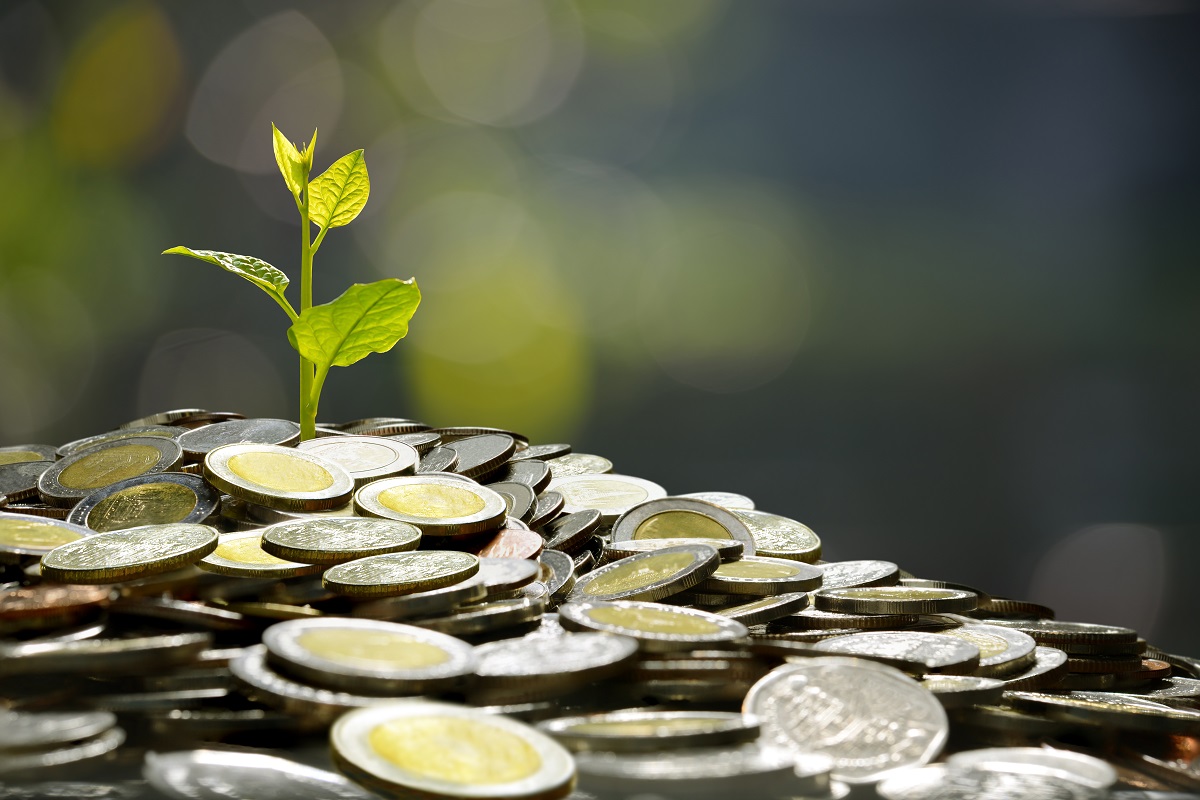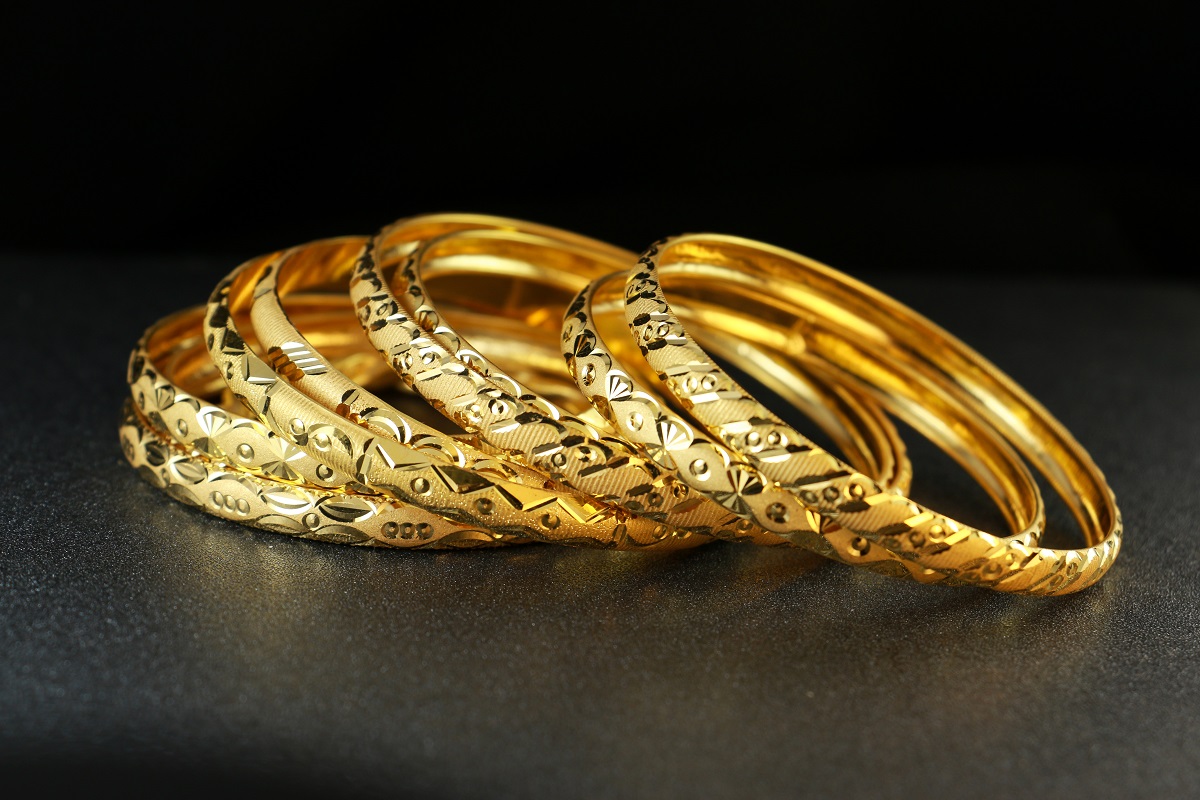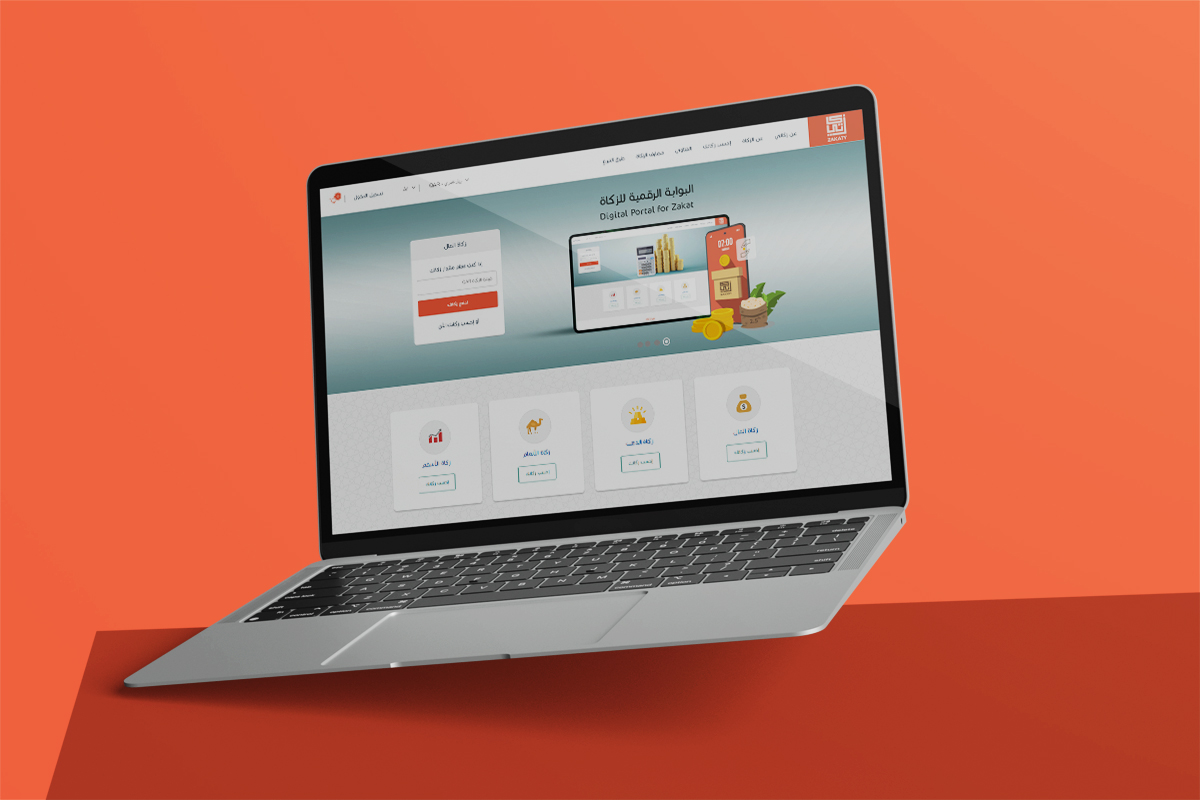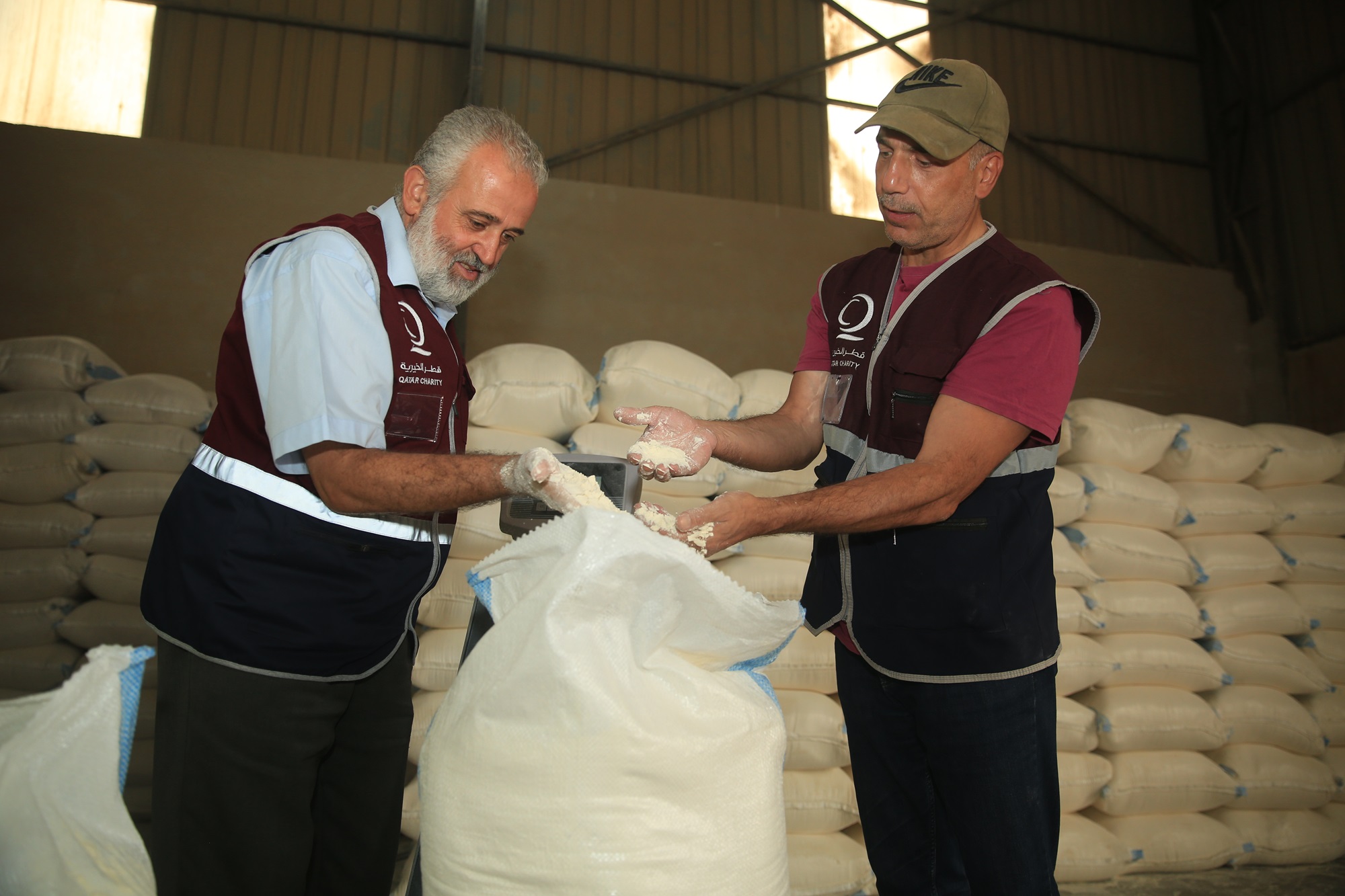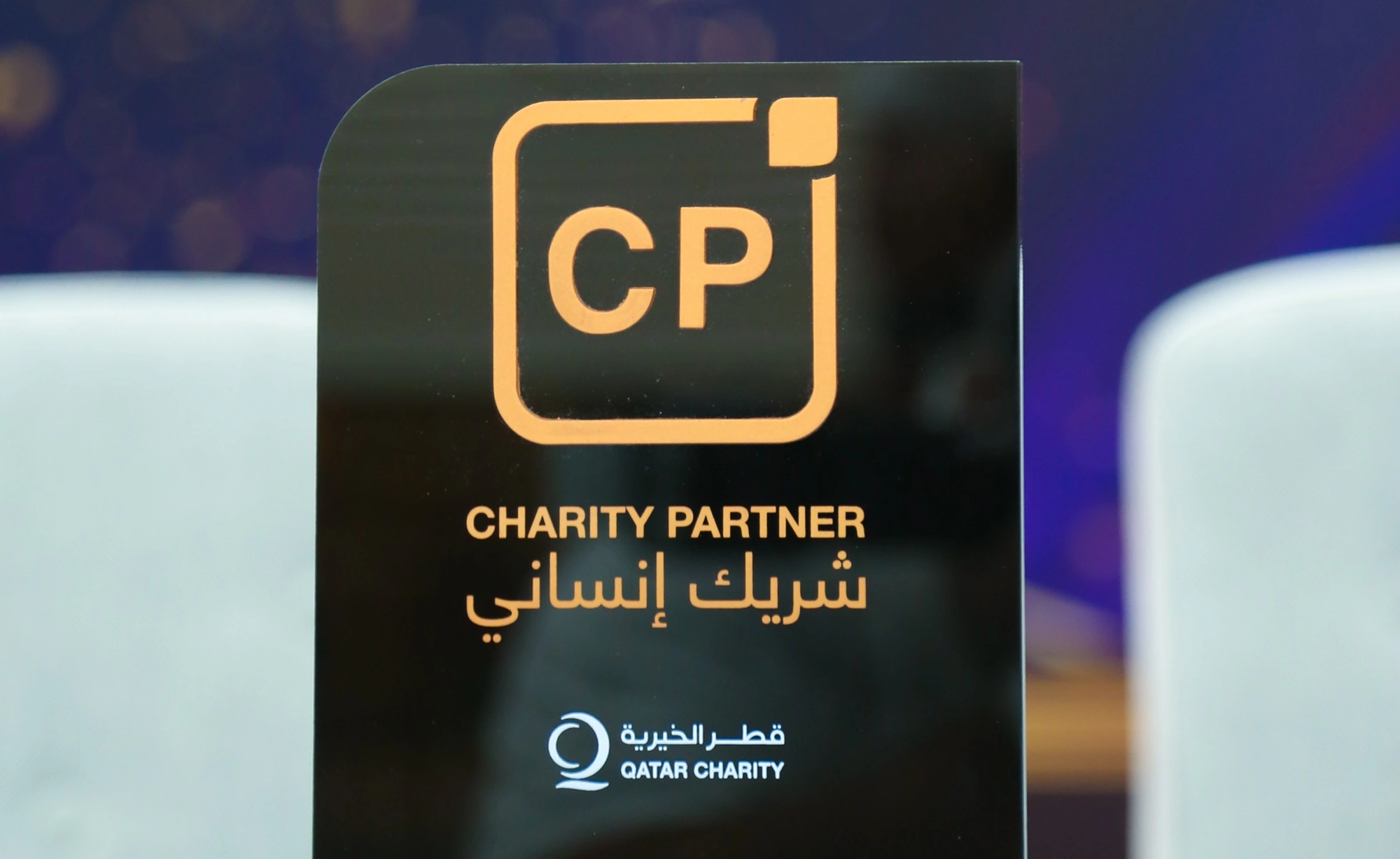Zakat
Pay your Zakat as it is a happiness to your heart and Barakah to your money.
One should pay Zakat on banknotes once nisab is reached, and a whole lunar year has passed on it. The rate of Zakat is 2.5%, one quarter of one-tenth. Zakat nisab on banknotes and the like is the same as on trade goods, which is the equivalent of approximately 85 grams of gold or 595 grams of silver, in case it reaches nisab. However, if nisab is not reached and one whole lunar year has not passed yet, there is no Zakat on it. Some scholars are of the opinion that banknotes nisab is estimated at a rate equivalent to the value of gold, while others are of the opinion that the minimum nisab liable for Zakat from among gold or silver might be considered since it is more beneficial to the poor, as discussed in this article.
This Article Sheds Light On The Following
Banknotes are as valuable as gold and silver on which Zakat is due
Banknotes, such as riyals, dinars, and dirhams, are as valuable as gold and silver, and subject to Shari’a rules governing Zakat on gold and silver.
If one’s banknotes reach nisab and one whole lunar year has passed on it, during which it has not fallen under nisab level, Zakat is paid on it.
Zakat nisab on banknotes
Banknotes nisab is the equivalent of approximately 85 grams of pure gold or 595 grams of pure silver.
Is banknotes nisab estimated by gold or silver value?
Some scholars are of the opinion that banknotes nisab should only be estimated by the value of gold, not that of silver, while others are of the opinion that the minimum nisab liable for Zakat that is more beneficial to the poor might be considered, considering that the nisab of silver is often very much less than that of gold.
According to the Permanent Committee for Scholarly Research and Ifta, nisab value for dollars and other currencies is the equivalent of 20 mithqals of gold or 140 mithqals of silver, whichever is more beneficial to the poor, as the prices of gold and silver vary from time to time and place to another.


